A major difference between tennis and padel, is the number and variety of smashes that can be hit in the latter sport. In tennis, it is very possible to play an entire match without having any smashes to play. This is the case for baseline players who never or almost never volley; this is also the case when the opponent favors the passing-shot to the detriment of the lob. At padel, a match without lob or smash does not exist!
On the variety side, we must note a certain poverty in the smashes that we see in tennis. Most of the time, the tennis player hits flat, as hard as possible, to overtake his opponent or even lob him if the angle is sufficient. In some cases, we will look for a slice effect : the strike will then be less heavy but the fleeing effect will ideally send the ball out of reach of the opponent. Sometimes the spiker will seek to give a lifted effect to his ball so that it squirts towards the outside of the court, on the opponent's backhand if it is two right-handers or two left-handers who are facing each other.
We can add a fourth type of smash to tennis, popularized by the American Jimmy Connors: the rolled arm. This smash, played behind you with your arm outstretched, compensates for too advanced a placement and avoids having to step back to play the ball after the rebound.
A little last? Because we like Yannick Noah and Gaël Monfils, let's talk about the jump smash, struck generally flat, after an impulse on the legs.
May the force be with the spiker
Now let's move on to padel, which we will see is, in terms of smash, the rich relative of tennis.
► The smash in force : This powerful move aims to outrun your opponents. The batter makes sure that his ball hits the ground then the glass and returns very quickly and/or very high towards his camp. Defenders can try to block the ball just after the bounce or let it hit the glass and then play it close to the net at their own risk…
► The par 4 : if the spiker is very close to the net, he can try to break the wrist so that the ball crosses the back wall, from a height of 4 meters. This is called a “par 4” or “por 4” in Spanish. The point is finished as soon as the ball arrives directly above this back wall; if the spiker hits the net before that, he loses the point...
► The par 3 : when a smash hits the back glass and the ball goes out of the field by crossing one of the side walls of 3 meters, it is called a par 3 (“por 3” in Spanish). This assumes that the batter is aiming in the right place, giving a significant angle to his ball or a topspin that deflects the trajectory outwards. Defenders are allowed to leave the field through the door and put the ball back into play. You still have to anticipate and be quick...
Tray, viper, hook…
► La bandeja : this move, also called “plateau smash”, is very specific to the padel. Bandeja thus means “tray” in Spanish, in reference to the one that the waiters of cafés carry above the shoulder, hand flat. At padel, we will try to reproduce this movement by tilting the racket towards the sky to obtain a cut effect. To do this, you must hit the ball in front of you, to the side of your body, at eye level. The objective of this shot, hit far from the net, is to win it back.

► La vibora : from the Spanish “viper”, this other specific smash of the padel is a more aggressive and violent version of the bandeja. It is also hit at eye level, on the side, with a very pronounced sliced effect. Generally, we are less far than to hit a bandeja and aim diagonally, as close to the corner as possible. As for the bandeja, vibora bouncing as little as possible.
► Le hook : this word means “hook” and designates a kind of bandeja hit above the head, without giving speed. We use this smash when a lob arrives on the left side of the right-handed spiker (and right for a left-handed). For lack of time to shift, we do not let the ball go down. This shot is hit flat, because in this position it is difficult to tilt your head and achieve spin.
Stupa and Paquito at the end of the rulo
► The roll is a topspin spike, hit behind the head, towards the grid, with a curved trajectory. The closer it bounces to the grid, the more effective it is. The current great rulo specialist is Franco StupaczukMore Paquito is not one-armed either in rulo, also called “smash a la verja”.
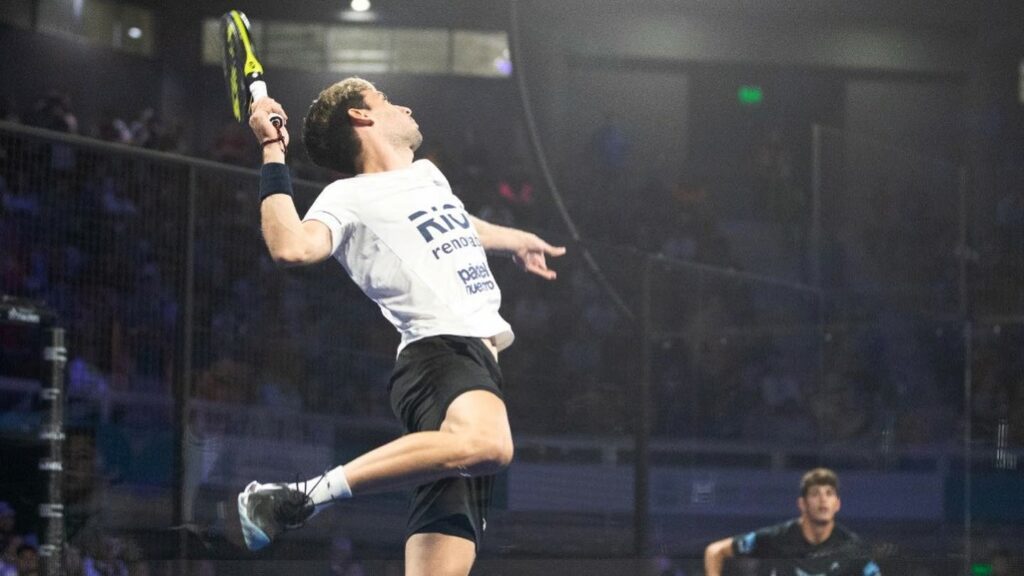
► The knock fake : it is a question of giving the impression that we are going to strike very hard. The objective is to draw the defenders forward and slip a small slow ball that will die near the back window. Guaranteed frustration for the victims of this coup, including Stupa is also an expert...
► arm rolled : as in tennis, it is a question of making an outstretched arm smash to return towards the net. At padel, better not hit too hard to avoid punishment. Fernando Belasteguin is often seen hitting such shots.
► The suspended smash : we finish with this very spectacular jumped “remate” when it is successful. The player jumps as high as possible to smash in force, with an incredible angle, which allows either to find the par 4 directly, or to obtain a ball which bounces very high after the glass and returns to the batter's court. The experts in the field are called Stupaczuk (him again), Tello, Garrido or Coello.
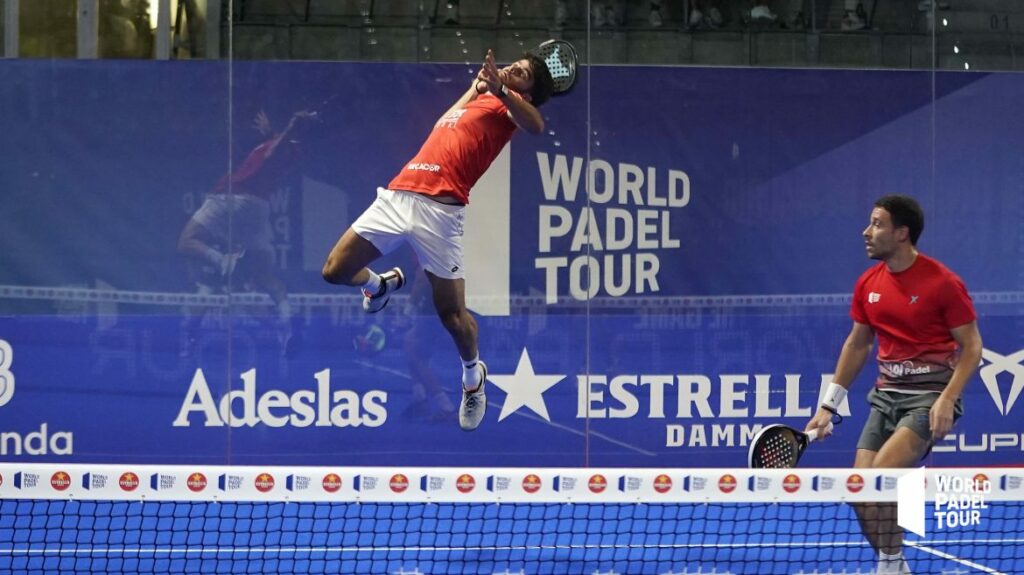
■ Landslide victory for padel.- Now it's time to take stock: by scraping the bottoms of the drawers, we unearthed five kinds of tennis smashes; to padel, we arrive at ten fingers in the nose! And we can add the backhand smash, very common at high level in counter-attack while it is very rare in tennis.
And you, do you practice other kinds of smashes? If so, tell us!
After 40 years of tennis, Jérôme falls into the pot of padel in 2018. Since then, he thinks about it every morning while shaving… but never shaves pala in hand! Journalist in Alsace, he has no other ambition than to share his passion with you, whether you speak French, Italian, Spanish or English.




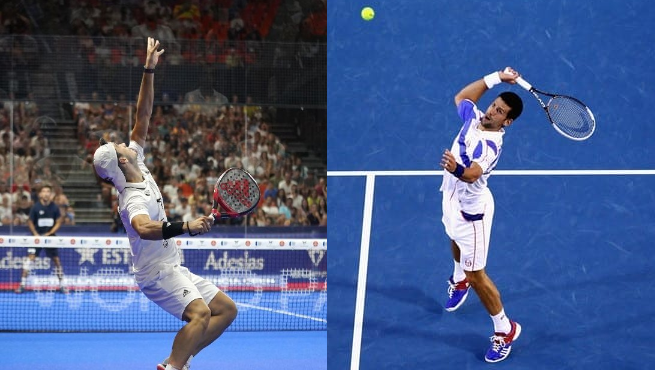















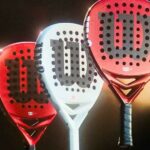
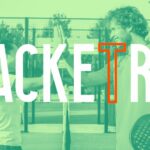















































































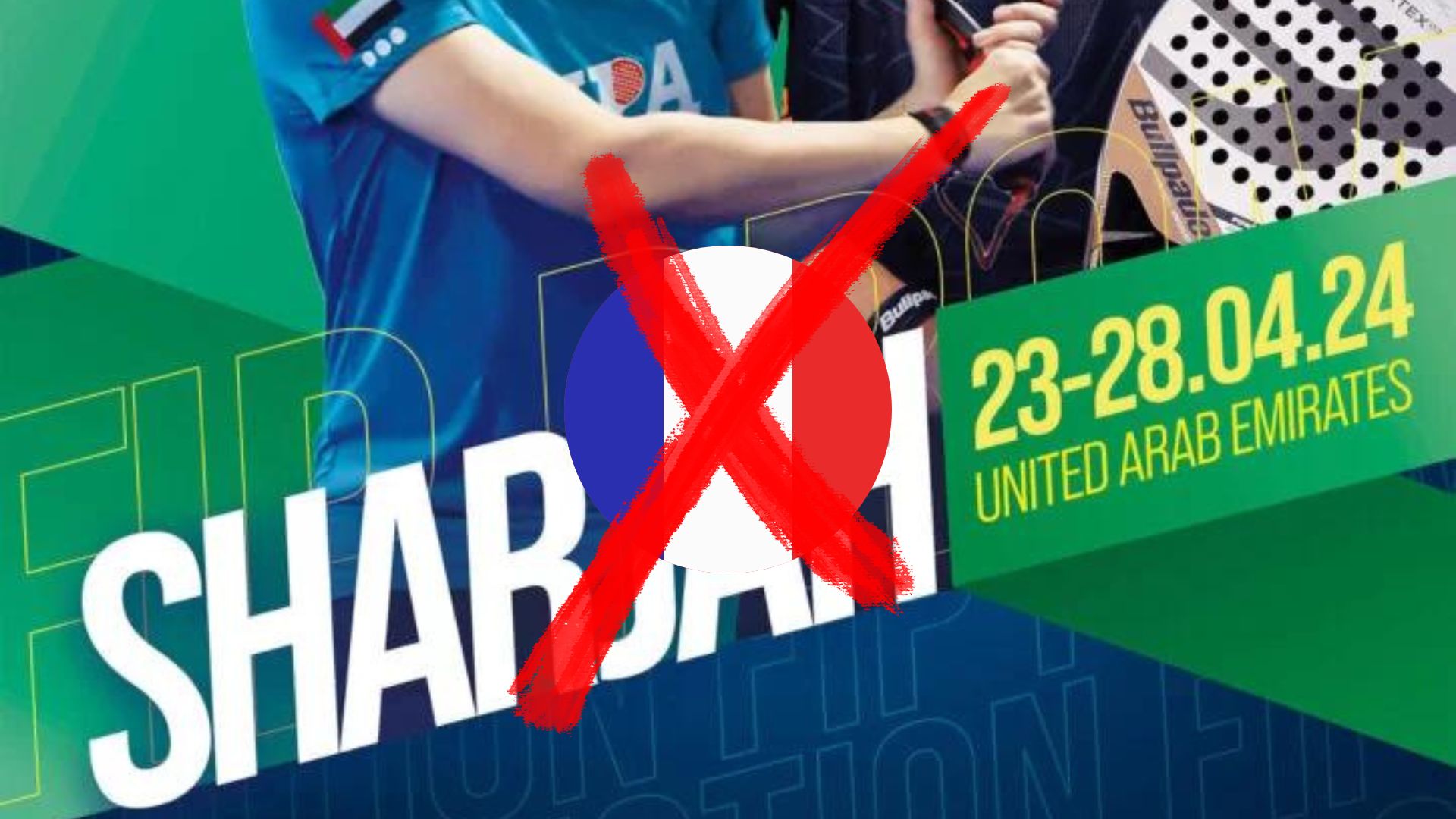 FIP Promotion Sharjah – More French people in the United Arab Emirates
FIP Promotion Sharjah – More French people in the United Arab Emirates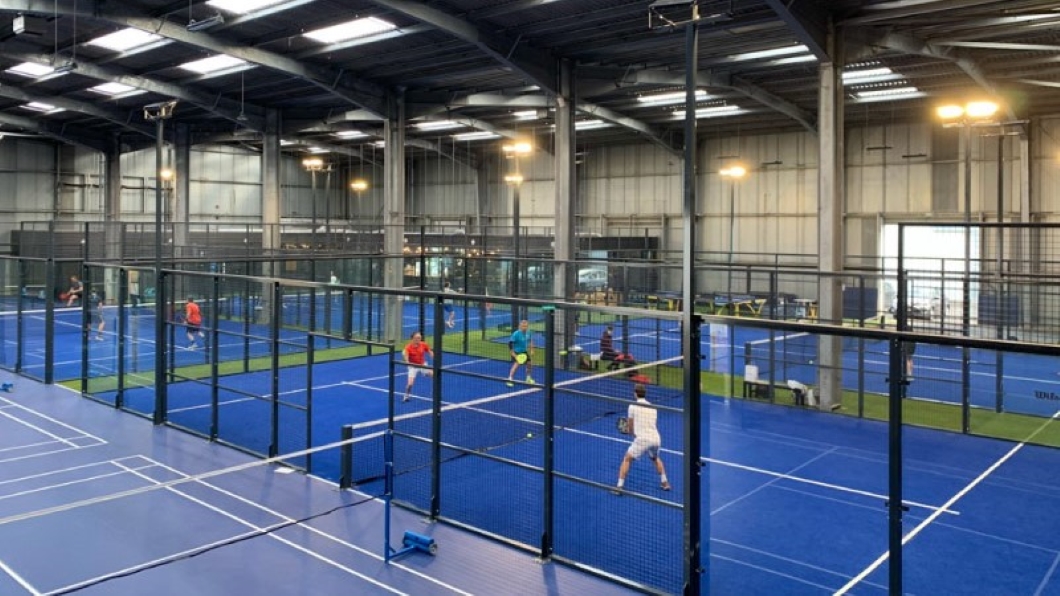 P1000 PadelShot Saint-Étienne – Follow the surprise poster Vincent/Hugounenq – Couturier/Benmergui live
P1000 PadelShot Saint-Étienne – Follow the surprise poster Vincent/Hugounenq – Couturier/Benmergui live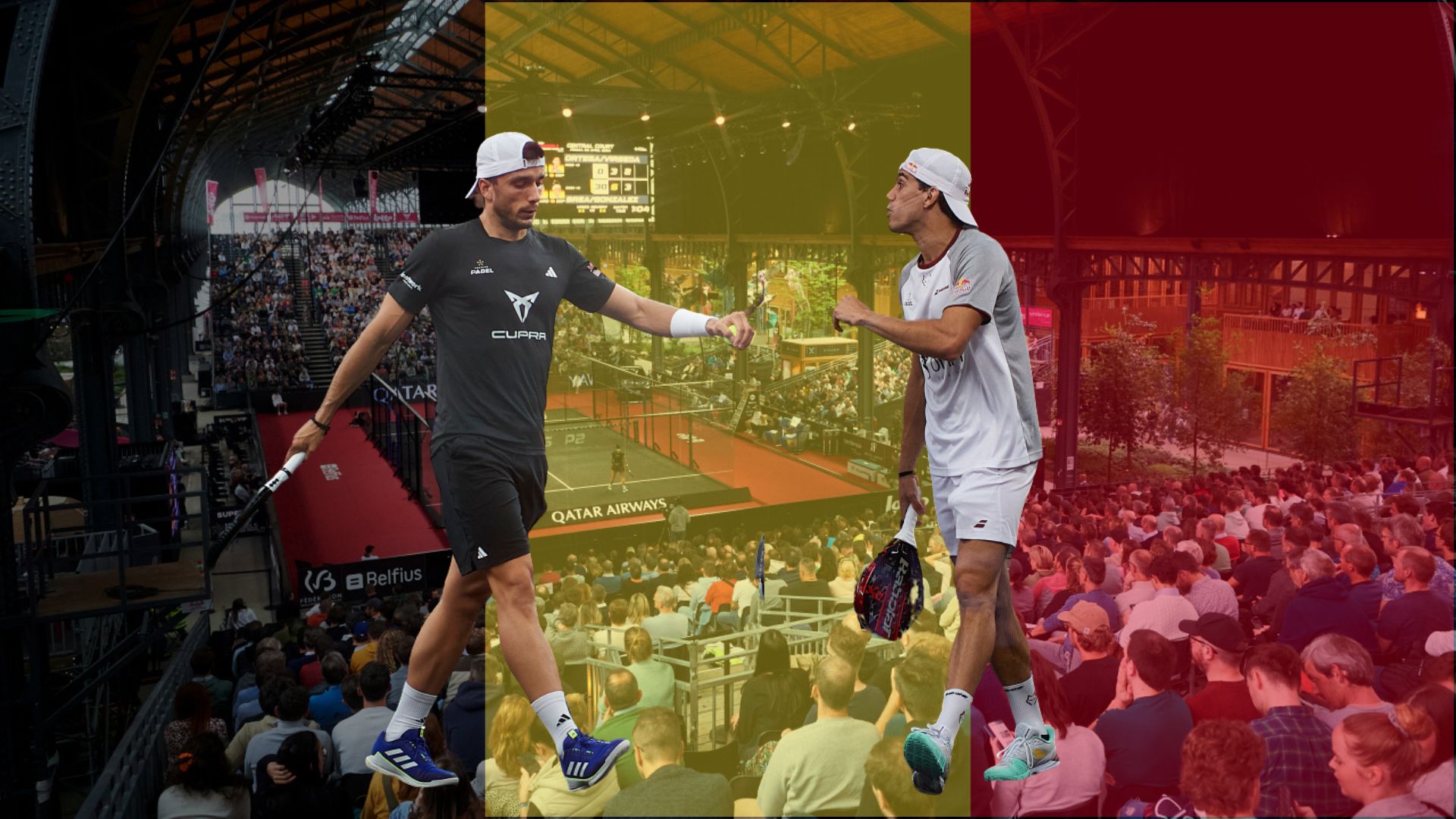 Premier Padel Brussels P2 – Juan Lebron and Ale Galan together in Belgium?
Premier Padel Brussels P2 – Juan Lebron and Ale Galan together in Belgium?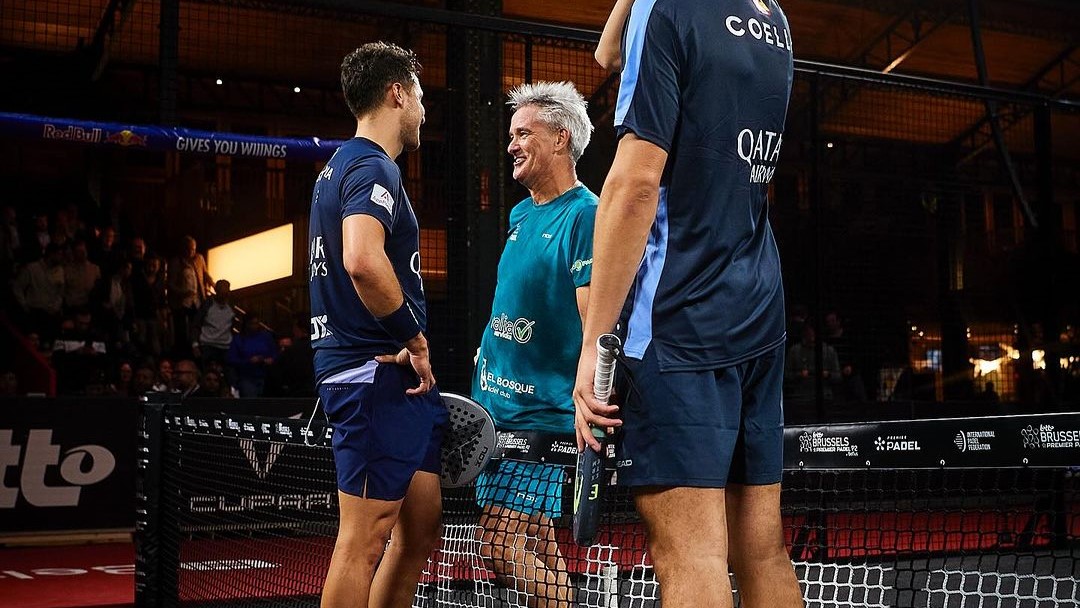 Agustin Tapia salutes the longevity of Miguel Lamperti
Agustin Tapia salutes the longevity of Miguel Lamperti Guillaume Codron de Sud Padel : “A family project”
Guillaume Codron de Sud Padel : “A family project” Nallé Grinda: “Democratize the padel in the USA with PadelX "
Nallé Grinda: “Democratize the padel in the USA with PadelX " Simon Boissé: “We know that there are two nations in front of us”
Simon Boissé: “We know that there are two nations in front of us” Marie Maligo: “This period of frequent changes of partners was beneficial for me”
Marie Maligo: “This period of frequent changes of partners was beneficial for me”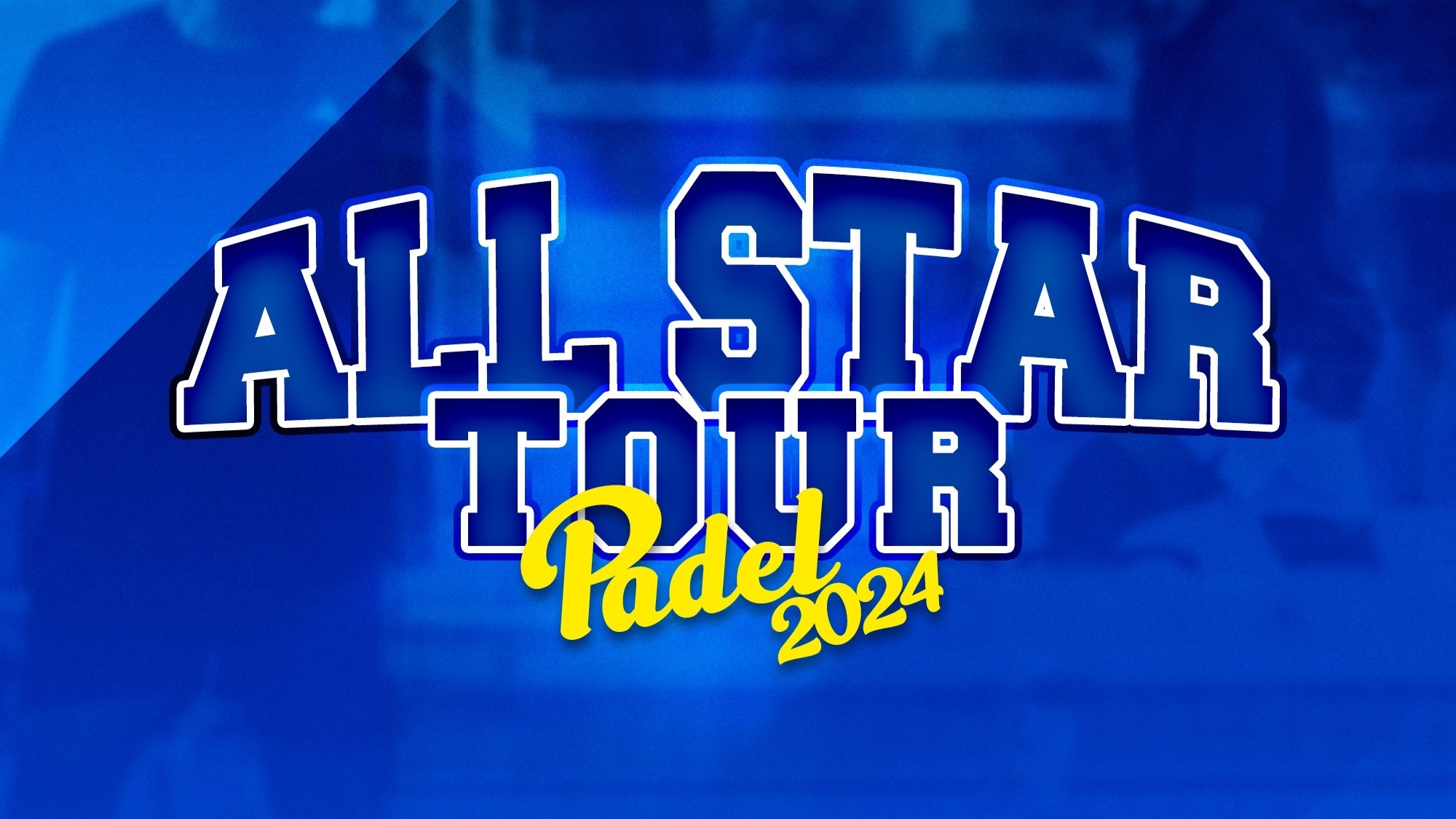 The All Star Tour returns on May 16 at the All In in Lyon
The All Star Tour returns on May 16 at the All In in Lyon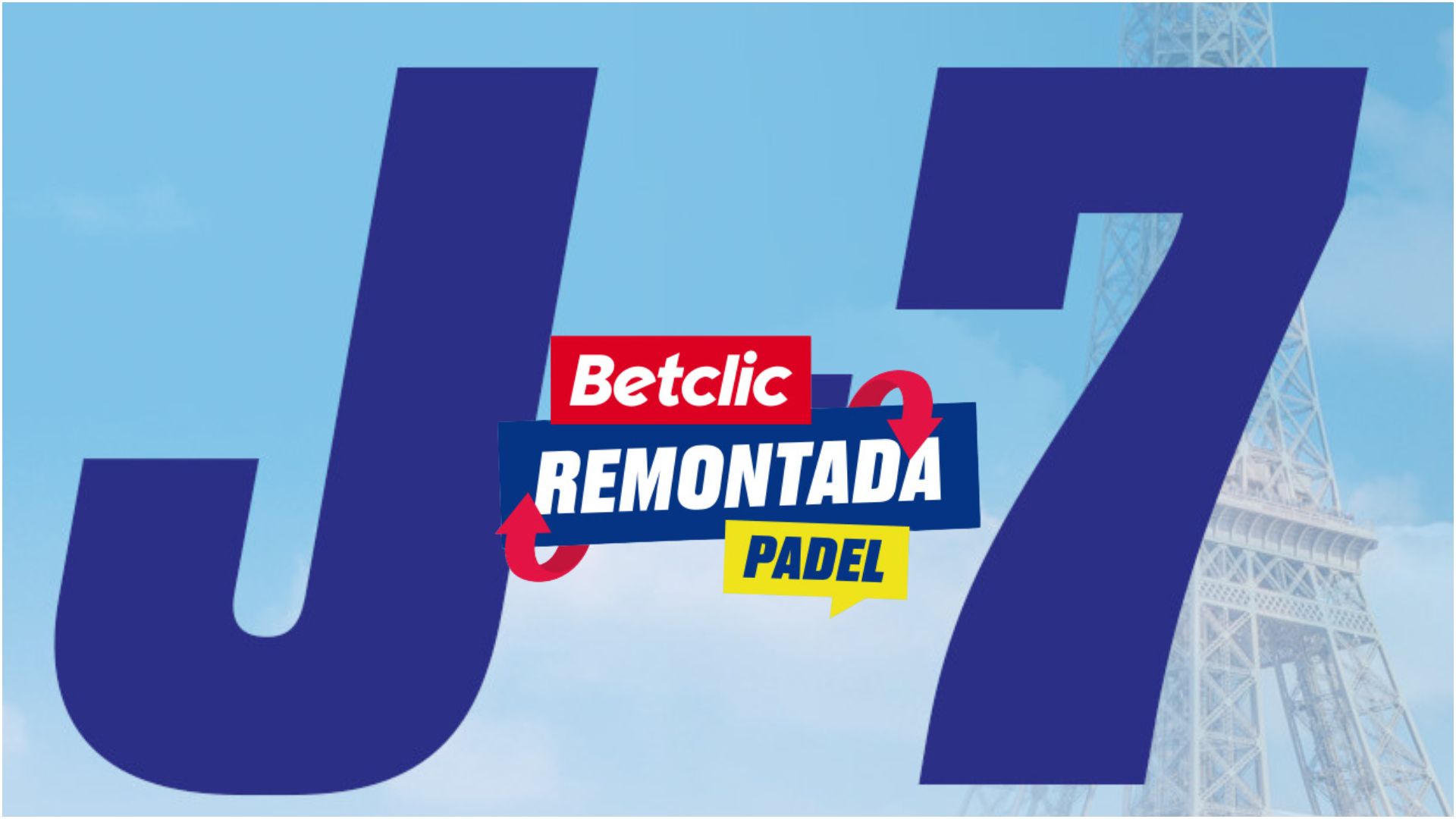 D-7 of the “BetClic Remontada Padel”, at the foot of the Eiffel Tower
D-7 of the “BetClic Remontada Padel”, at the foot of the Eiffel Tower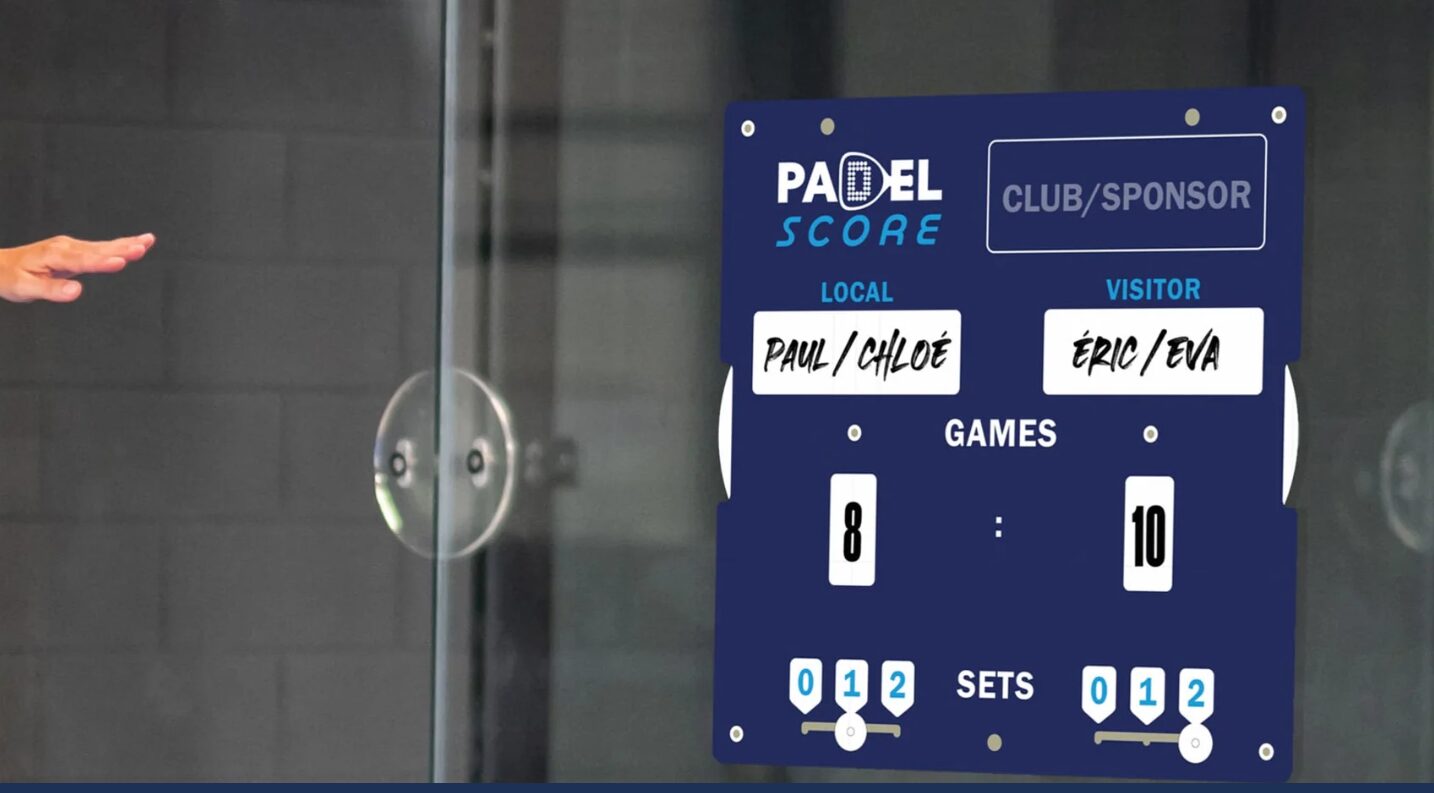 Padel Score: an essential table for keeping score
Padel Score: an essential table for keeping score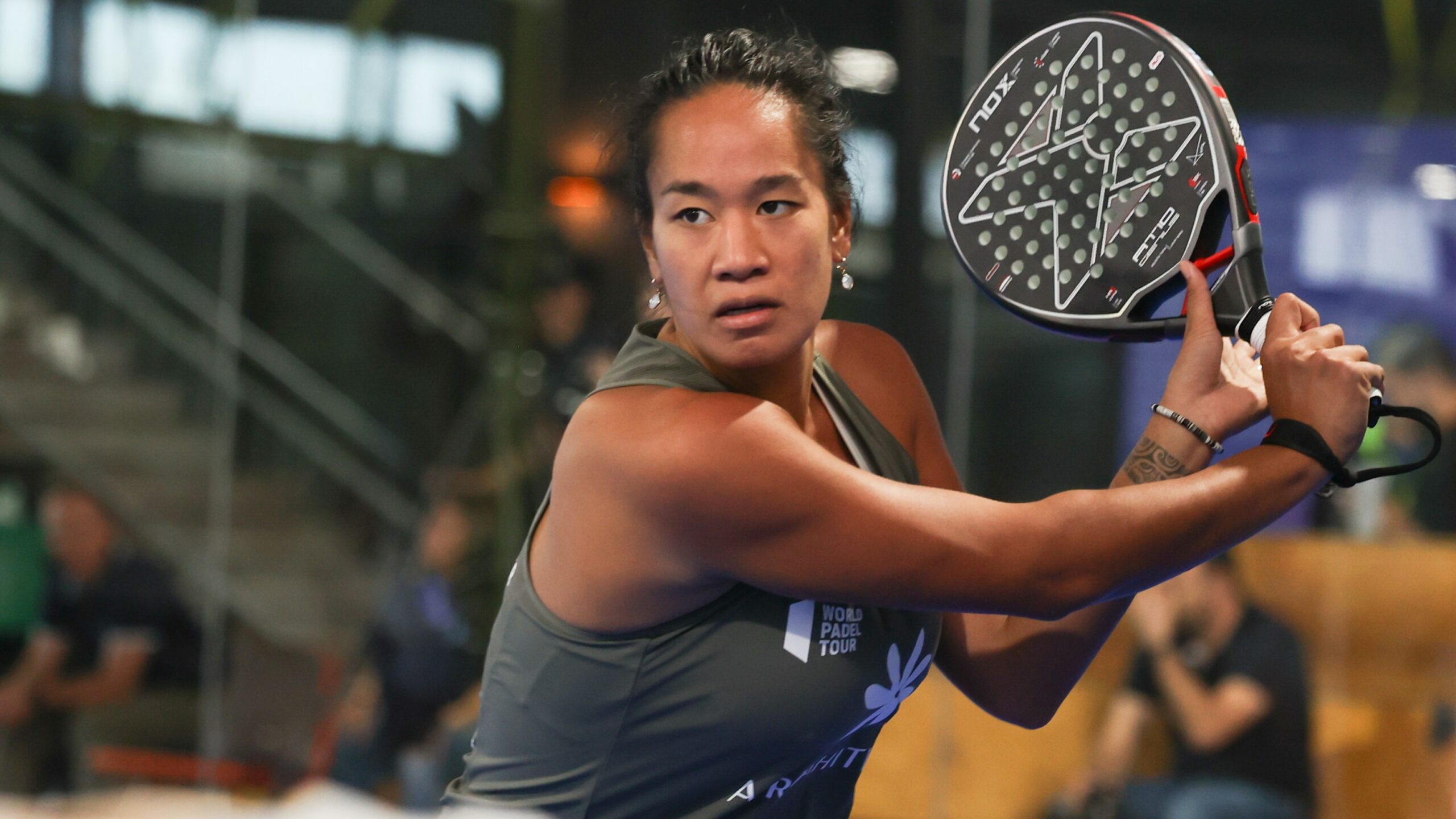 Léa Godallier makes her big return to the slopes this weekend
Léa Godallier makes her big return to the slopes this weekend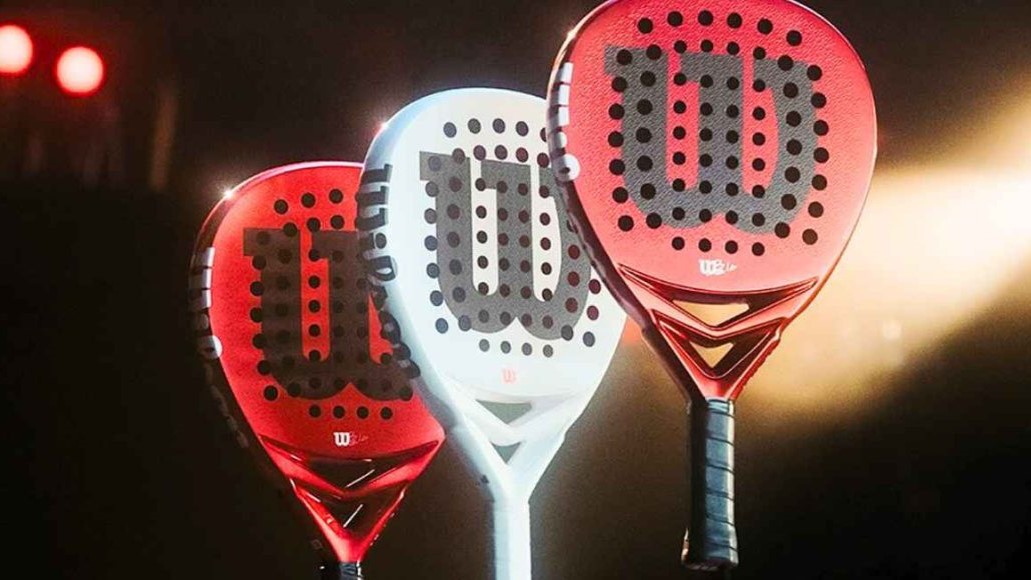 Presentation of the Wilson Bela V2.5 collection
Presentation of the Wilson Bela V2.5 collection José Manuel Escin at the inauguration of Casa Padel DOS: “Finally, and thank you!”
José Manuel Escin at the inauguration of Casa Padel DOS: “Finally, and thank you!” Padel Score comes to Tahiti for American Express Padel Cup!
Padel Score comes to Tahiti for American Express Padel Cup! Do you know the Rafa Nadal Academy Tour?
Do you know the Rafa Nadal Academy Tour? Play at padel on his yacht? Possible for €233.000!
Play at padel on his yacht? Possible for €233.000!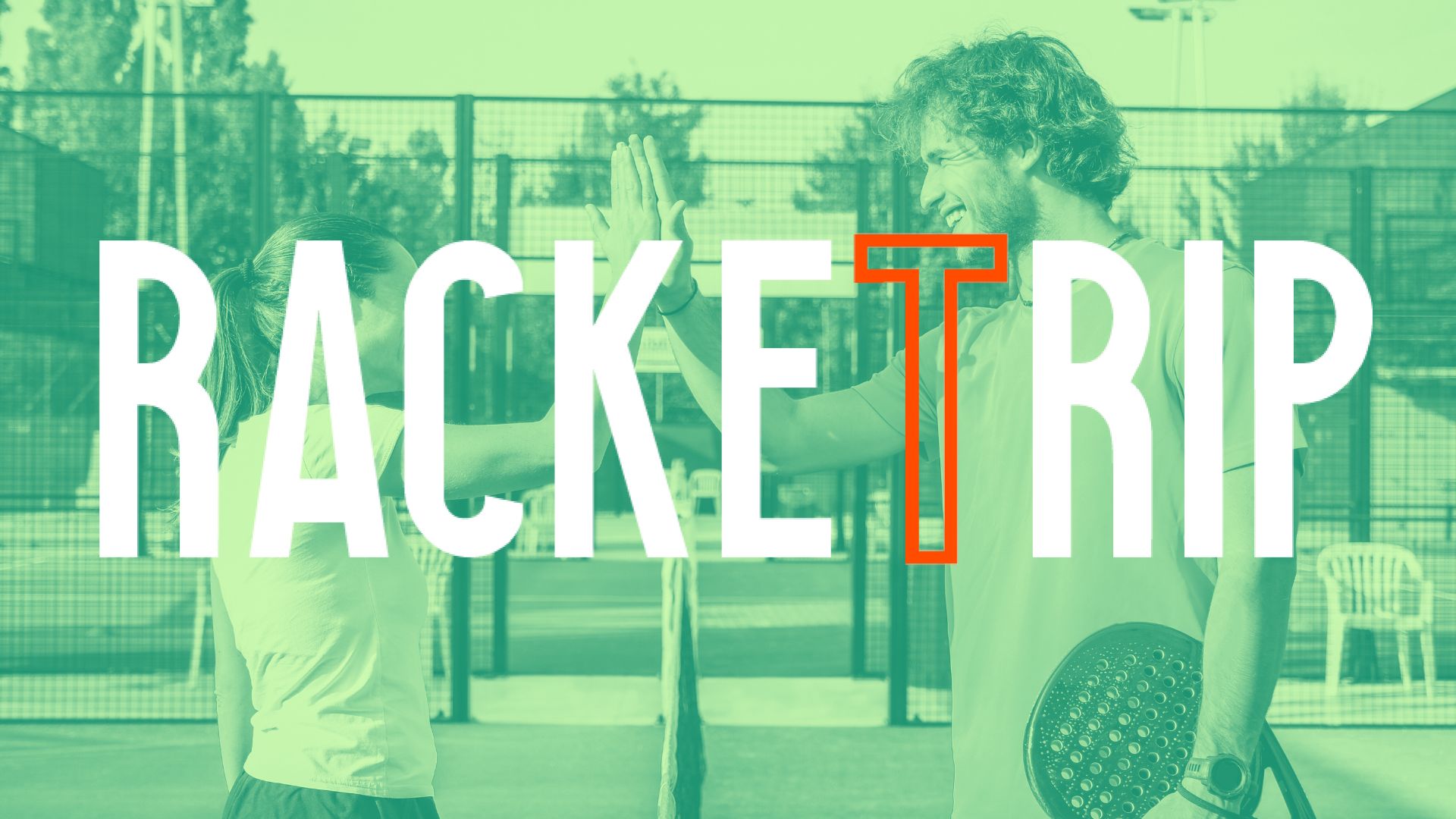 The LinkedIn of racquet sports: Racket Trip
The LinkedIn of racquet sports: Racket Trip The score at padel : manual
The score at padel : manual Our Top 10 training courses padel in France and Europe
Our Top 10 training courses padel in France and Europe At the heart of padel – Episode 25: Paul and Andoni answer your questions
At the heart of padel – Episode 25: Paul and Andoni answer your questions At the heart of padel – Episode 23: defend the window well
At the heart of padel – Episode 23: defend the window well Prohibition on playing topless Padel : the reasons
Prohibition on playing topless Padel : the reasons FIP Tour – Going far from Europe, THE strategy to earn points!
FIP Tour – Going far from Europe, THE strategy to earn points! What is a good football player? padel ?
What is a good football player? padel ? “Lefties give me headaches when I play against them!”
“Lefties give me headaches when I play against them!” At the heart of padel – Episode 14: how to earn points in winter?
At the heart of padel – Episode 14: how to earn points in winter? The basic tactics of padel
The basic tactics of padel A par 4 is always a winner...even if you manage to defend it!
A par 4 is always a winner...even if you manage to defend it! Carbon fiber VS fiberglass: what to choose?
Carbon fiber VS fiberglass: what to choose? How to effectively test a racket padel ?
How to effectively test a racket padel ? La padel to fight Parkinson's disease
La padel to fight Parkinson's disease Don't play with a cracked or broken racket, your body will thank you!
Don't play with a cracked or broken racket, your body will thank you! Michel Cymes: “The padel, physically, it’s serious!”
Michel Cymes: “The padel, physically, it’s serious!” Jeremy Gala: “Promote the padel among young people in Belgium remains a challenge”
Jeremy Gala: “Promote the padel among young people in Belgium remains a challenge” The French Touch Academy organizes its selection day Padel-Study
The French Touch Academy organizes its selection day Padel-Study Report on the detection and training of younger generations
Report on the detection and training of younger generations